For millennia, poetry has served as an avenue for personal and communal education and connection. The earliest forms of poetry were believed to have been spoken, a way to share stories, laws and ancestral information, made easier to pass down due to rhythm and repetitive form.
Singapore’s founding father and first prime minister, Lee Kuan Yew, took a more pragmatic approach to poetry. Three years after the nation’s 1965 declaration of independence, the statesman famously told university students “poetry is a luxury we cannot afford.” But over the decades, poetry has helped the young country start conversations to establish common cultural threads. It poses questions about being Singaporean and what the answers could mean for generations to come.
Singaporean writer Esther Vincent shared three poems tackling the eco-social issue of land redevelopment during the rapid evolution of the city-state and the personal, socio-emotional impact of an urban environment in flux. The work appears in her 2021 collection Red Earth.
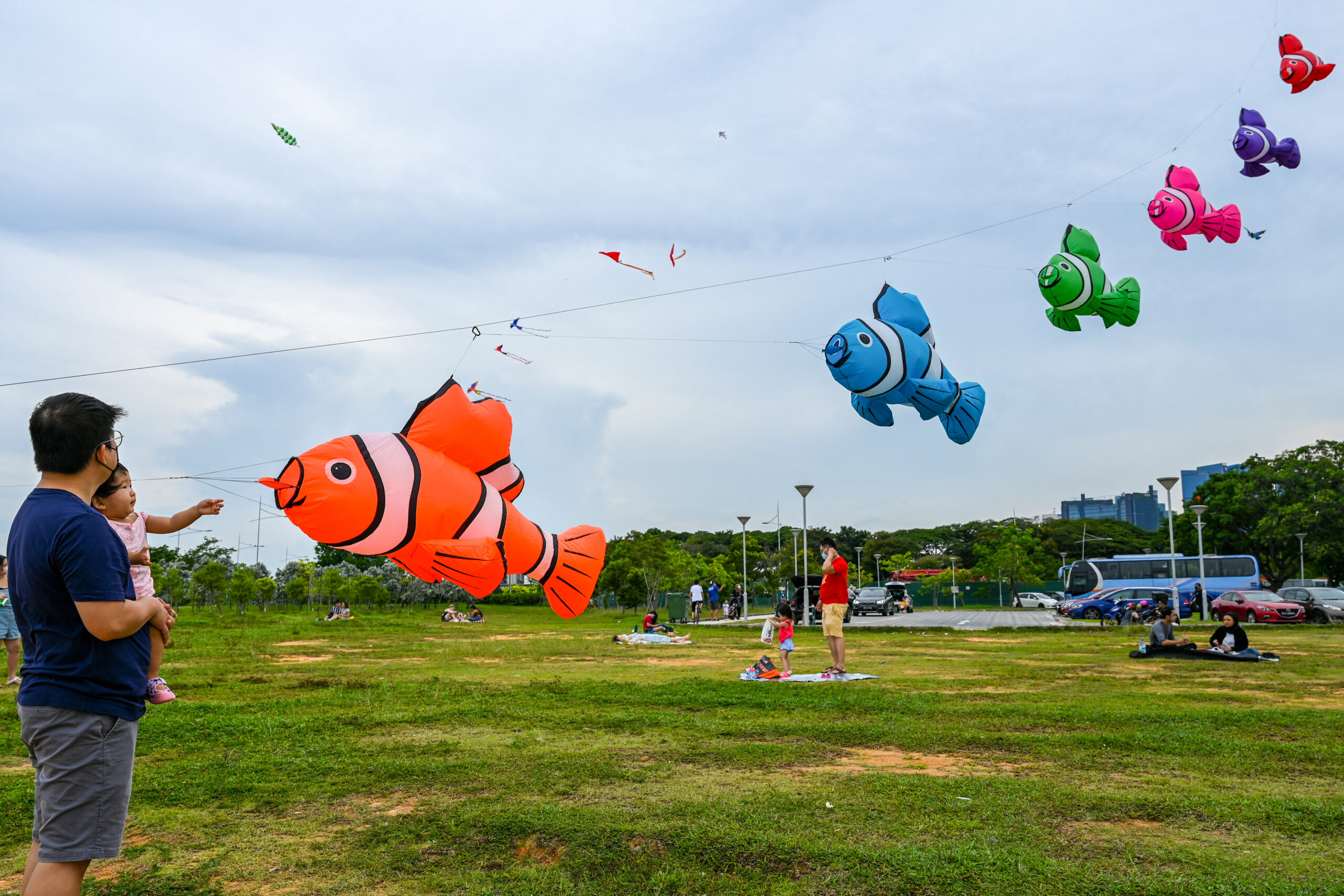
‘A different time’
After William Matthews’ “A Happy Childhood”
A field of grass. Common weeds of sunflower stock:
kanching baju’s furry, golden head, common vernonia’s soft
white breath and Cupid’s shaving brush in bloom. I clutch
these wildflowers in my fist, a gift for my mother
who watches from the kitchen, as she peels the papery skin
of an onion, chopping it into deft cubes.
Tiger moths on a twig, on my finger,
on corridor walls. Wings that beat time
to a child’s ragged breath. The thrill
of bathing, the tangle of arms and legs in water.
My sisters and I tunnel through cupboards for hidden
treasure, knuckles pinking from knocking on solid walls.
A sand-filled playground reeks
with the memory of overnight piss.
Leaky condoms under a swing. I watch
wrestling on the TV one day.
At night, a pale, swollen face enters my dreams.
I hold my father’s hand all night to forget
this nightmare. My mother hurls a porcelain cat
at my father. He grabs her slender wrists,
bruises accidental blossoms on her skin.
My sisters orbit unscathed,
jumping on my heaving sternum.
The tiger moths disappear for a time.
Hopping on the drains one day, I miss
a step, fall. As the wound heals,
the scab peels back into a keloid ridge,
the body’s way of remembering.
My mother hands me a bottle of soap,
her ballooning cheeks sighing
into the plastic wand.
The heady, synthetic smell of gum
in tiny tubes. I squeeze a dollop,
spin it with a straw, puff.
Watch it stretch, tremble
in the sun.
Another birthday celebration.
Friends who freeze into old photographs,
tucked in the bottom drawer.
Before I turn thirteen, we will sell this flat, move out,
shut the gates to a place that will return
only in my sleep. Another family now breathes
in those rooms. The field overgrown
by another high-rise. Sometimes, the past is better left
to be unearthed in dreams, where I cross
familiar streets, turn each memorised corner,
walk the same red road tiles back home
to a different time, wildflowers still wet in my grip.
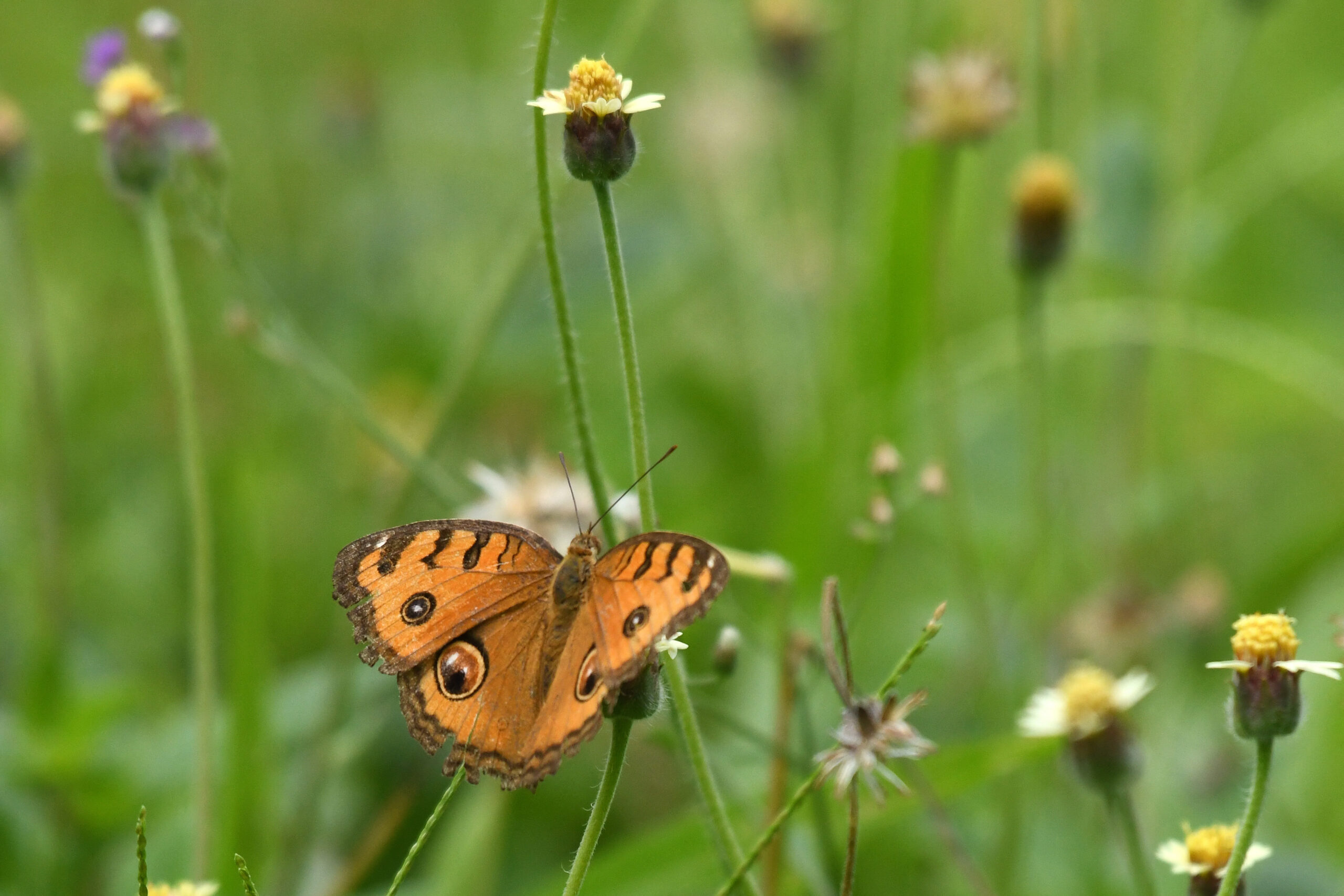
Reprinted with permission.
Published in Red Earth (Blue Cactus Press, 2021).
Copyright © 2021 Esther Vincent Xueming
‘State land’
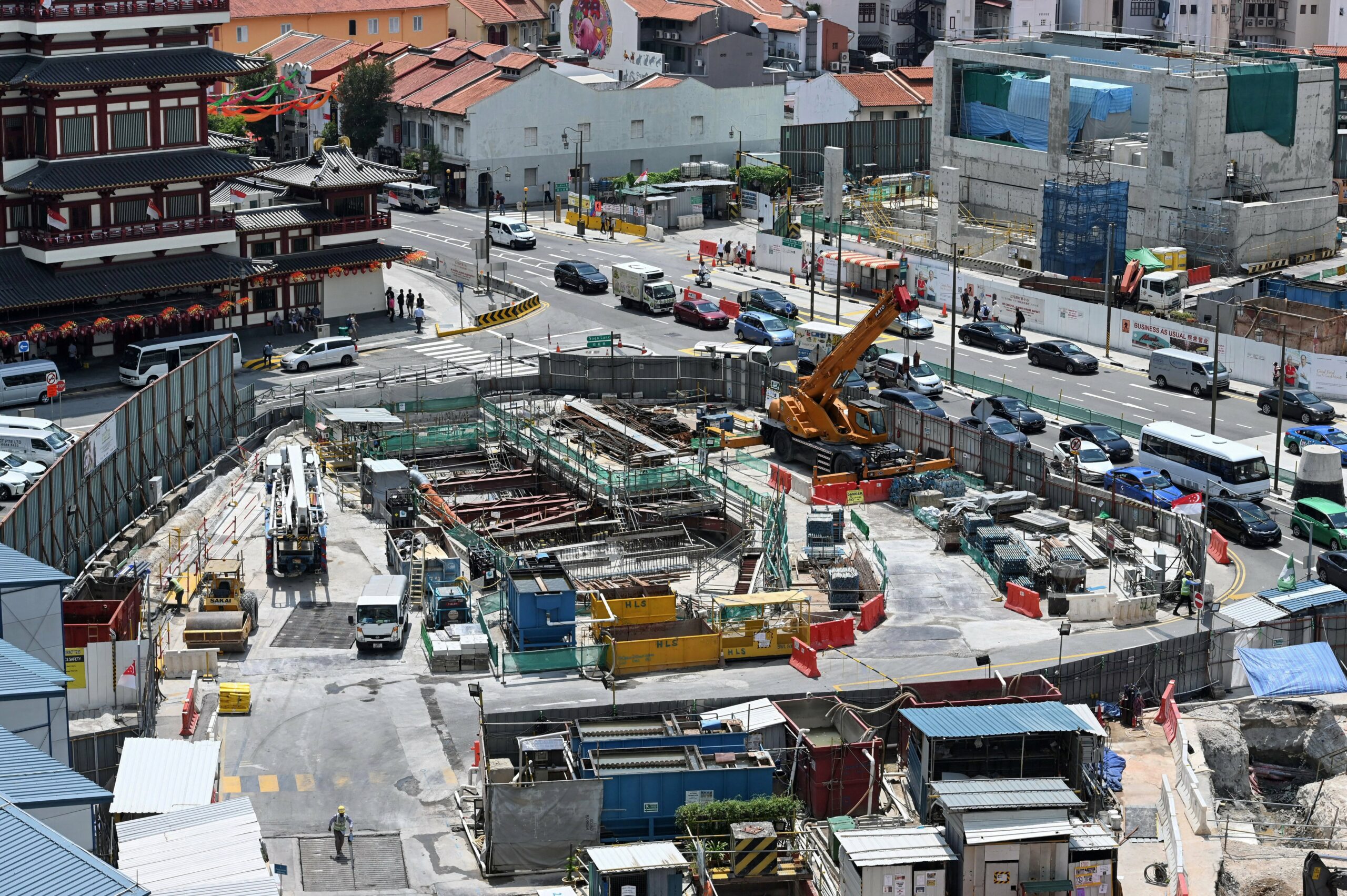
1
The field is claimed by the sign staked
into the ground: state land.
Blue nets line the edge, turning
communal space into exile.
Will the egrets return?
Will the land forgive?
2
I remember migrant workers playing cricket
on their day off.
They would lay out rope on the field
to mark off the boundary of their makeshift pitch,
then begin to play, each time
opening up the circle
to ease each newcomer into the game.
The kite flyers, mostly elderly men, found freedom
in the skies where their feet would never tread,
bodies forever anchored to earth.
How they would captain their kites into unknown winds—
an orange stingray, a golden eagle, a red fox.
Then, there were the Frisbee players, young,
sun-kissed fools running after spinning plastic,
playing through sun or rain.
Now there stand, two yellow,
silent cranes, waiting.
First, they took down the rude wooden fences
one hot afternoon, erecting new posts
to partition the field
into nameless plots with blue
ghost nets.
Nets that lure and lie, that enslave
an enamoured butterfly
who thought she could reach the sky
beyond the mesh of blue.
Next came the excavator
dredging up the belly of the earth.
I recall walking past fresh wet earth, thinking
so this is what sorrow smells like,
when a mother is forced to give.
We could learn from the mynahs,
who take from her only what they need,
or the egrets, who find temporary respite,
each migration uncovering new truths, of lost
places and changed faces, of strange ghost nets
that beach themselves on state land.
3
For days the silence
haunts me,
until one evening, after the rain,
it is broken by the beating of white wings
that arrive in the distance,
encircling the lonely field.
Walking out to meet them,
I find fourteen egrets still
in the moment of the hunt,
heads bowed,
treading softly as they dip
yellow beaks into the tall, wet grass,
unperturbed by onlookers,
they and I, separated
and bound
by a gossamer blue.
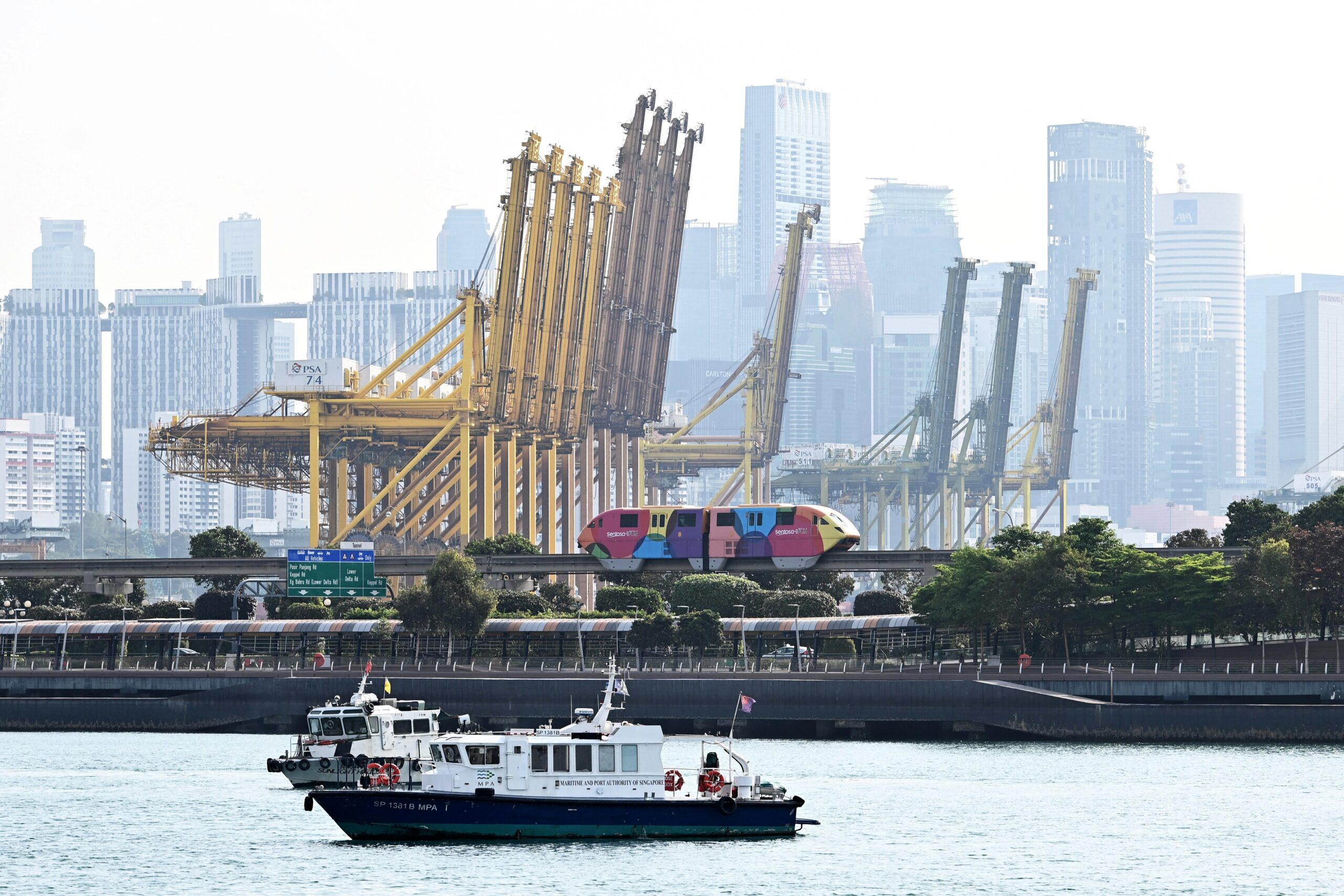
Reprinted with permission.
Published in Red Earth (Blue Cactus Press, 2021).
Copyright © 2021 Esther Vincent Xueming
‘Falcon’
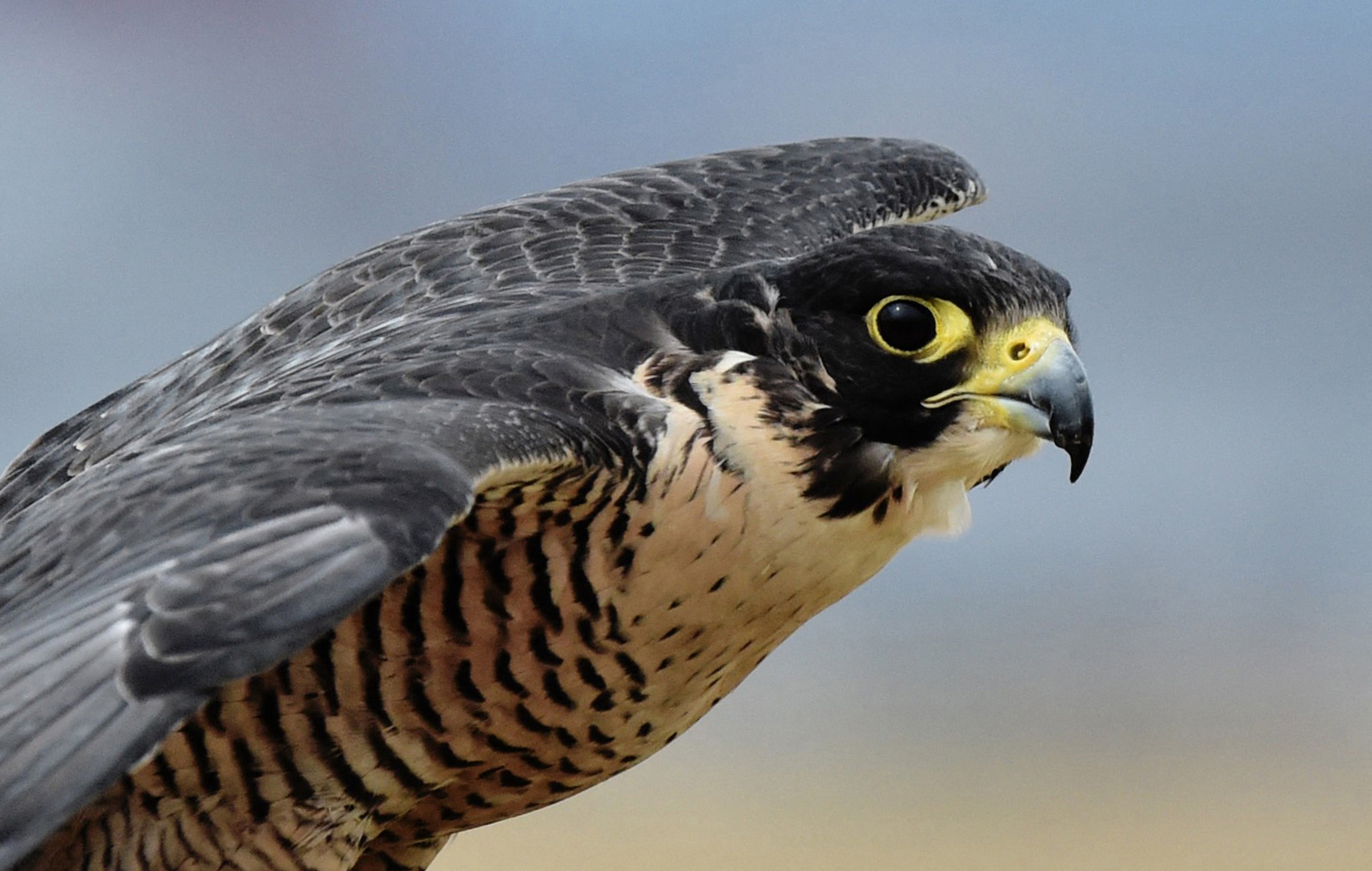
The peregrine falcon has found its way
to its roost just across my window, fifteen stories
above the ground. Perching motionless
in the afternoon sun, it stayed as the heat turned
into the shingle of rain. Perhaps it was resting,
tired out from its long journey South.
Or perhaps it was watching, patient,
waiting for the right time to dive for the kill.
Two days later, it flies to its roost with a half-eaten mynah
in its claws. This is the first time I witness a raptor eat
its prey in real-life, up close.
Binoculars to eyes, I see how it plucks
at the black feathers to get at the flesh.
I watch as they drift down to the road below,
and wonder at my own lack of sympathy.
I am rooting for the hunter, this wanderer
from the North, now feeding on the mynahs
and pigeons in our estate.
I think about bird devouring bird in a holy ritual
of predator and prey, a sacred cycle
of giving and taking.
The mynah bound to the falcon in death.
The falcon bound to the mynah for its life.
The giver releasing its spirit to another.
The taker honoring the hunt.
The falcon doesn’t finish its meal,
but gathers its wings and launches off with the remains
into the evening light.
Each day, our eyes turn to the same spot,
hoping for a familiar shape. Medium-sized,
dark helmet, barred underbelly,
yellow eye-ring,
yellow hooked bill and talons.
Head-turned, the bird eyeing us in return.
Over time, we learn to decipher the clues.
Body parts of a bird, a chameleon’s tail.
We read the signs like children learning the language of birds.
We admire the falcon’s hard work and labour.
We yearn to inhabit its feathered body,
to ride the wind at dizzying speeds.
Earthbound, we imagine ourselves light
as paper kites each time the falcon
flies into our waking sight.
We dream ourselves winged, perching
on the tallest tree, jungle floor below.
We see with falcon eyes that we too can weather
intense heat and pouring rain.
That we can stand still
with a falcon’s patience above the din of cranes,
the roar of construction.
We wear our barred plumage with the pride
of former juveniles.
We circle and drop into a well-timed death
to emerge on the other side of our dream,
shrieking with life from the tallest tree.
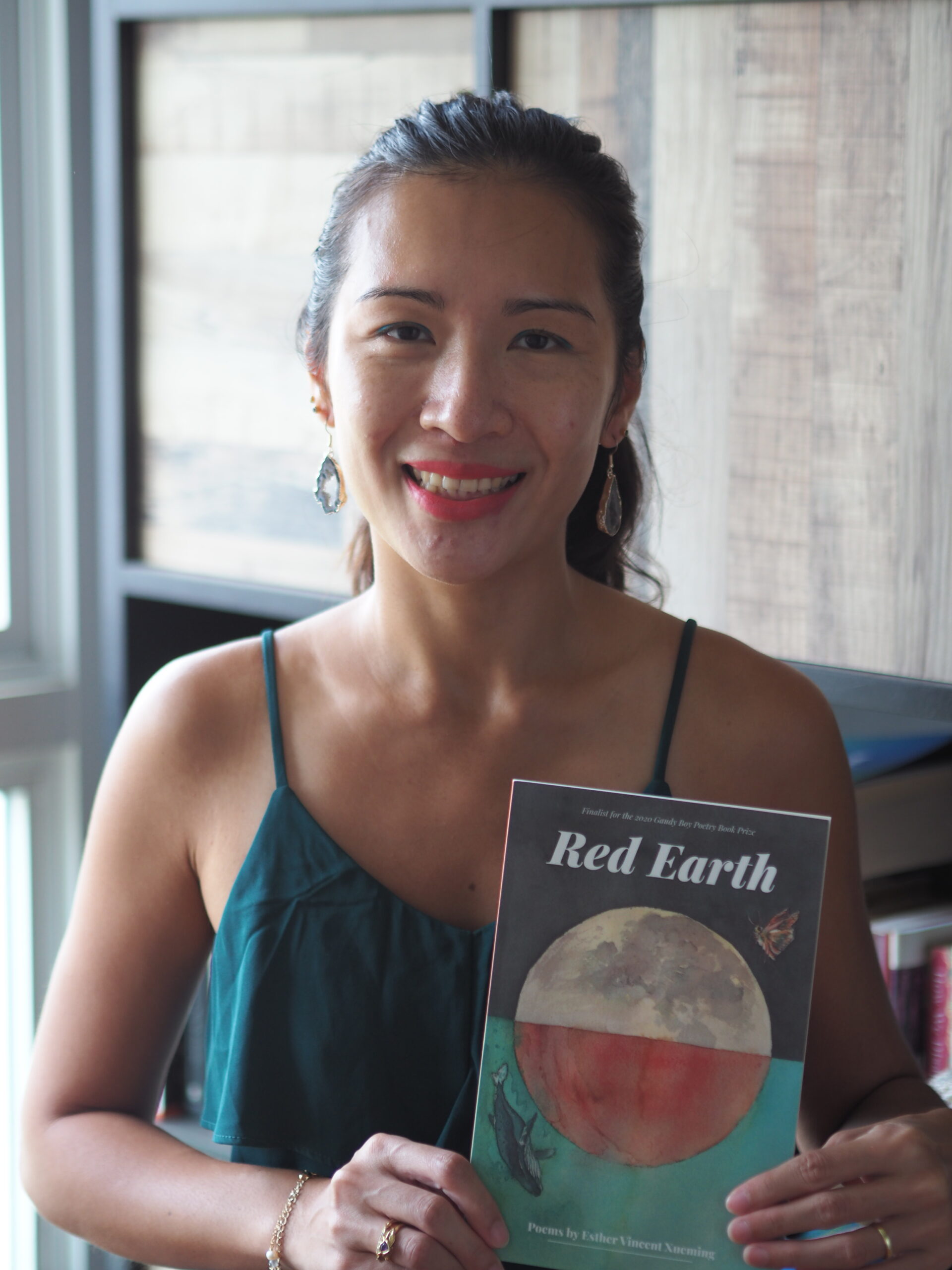
Reprinted with permission.
Published in Red Earth (Blue Cactus Press, 2021). First published in Note for Note 2021: Universality Supreme.
Copyright © 2021 Esther Vincent Xueming
For those based in Singapore, Red Earth can be purchased directly from all Kinokuniya outlets.
For those based in North America/Europe, order Red Earth directly from Blue Cactus Press here.
For those based in Asia/rest of the world, order Red Earth online here.


